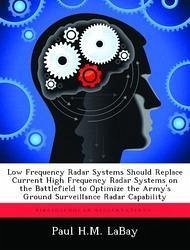
American River Crossing Doctrine: A Look at Its Compatibility with Current Force Structure and the Modern Battlefield
Versandkostenfrei!
Versandfertig in über 4 Wochen
54,99 €
inkl. MwSt.

PAYBACK Punkte
27 °P sammeln!
This study examines current river crossing doctrine to determine its compatibility with current force structure and the AirLand Battle concept of the modern battlefield. Using the historical example of the 80th Infantry Division's assault crossing of the Moselle River in September, 1944, the study identifies six factors which promoted successful river crossings in World War II. The validity of each factor is further supported with additional historical references. A comparison of 1939 and 1944 river crossing doctrine to current river crossing doctrine reveals the similarities between the doctr...
This study examines current river crossing doctrine to determine its compatibility with current force structure and the AirLand Battle concept of the modern battlefield. Using the historical example of the 80th Infantry Division's assault crossing of the Moselle River in September, 1944, the study identifies six factors which promoted successful river crossings in World War II. The validity of each factor is further supported with additional historical references. A comparison of 1939 and 1944 river crossing doctrine to current river crossing doctrine reveals the similarities between the doctrines. Current techniques and procedures are virtually identical to those of World War II. This study demonstrates that the current doctrinal fixation with the crossing operation and the establishment of a secure bridgehead is not tactically sound. Analysis suggests that the doctrinal focus should be the defeat of the enemy's defenses in death rather than the crossing or the bridgehead. The study concludes with a look at U.S., Soviet, and German World War II river crossing practices and current Soviet practice to determine if some solutions to the doctrinal and force structures incompatibilities exist. Six changes, some to river crossing doctrine and some to force structure, are proposed.












